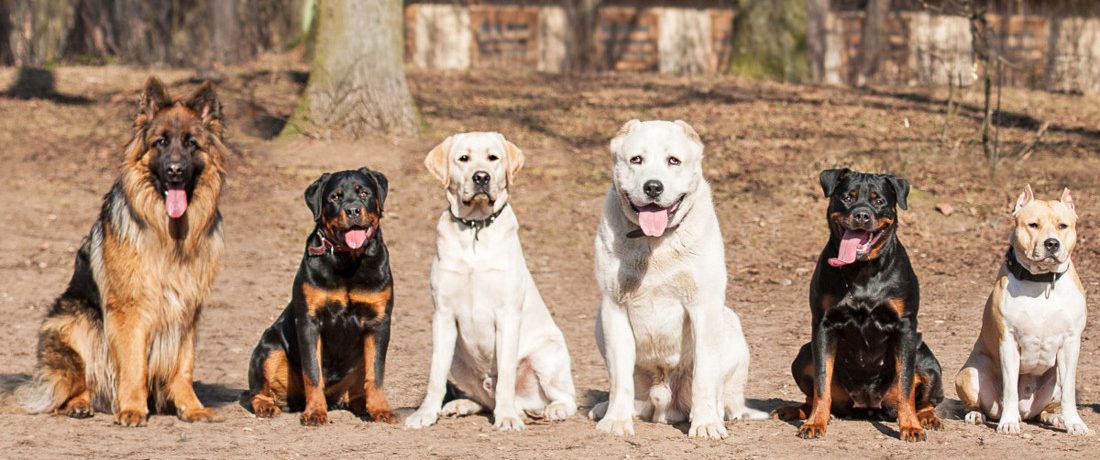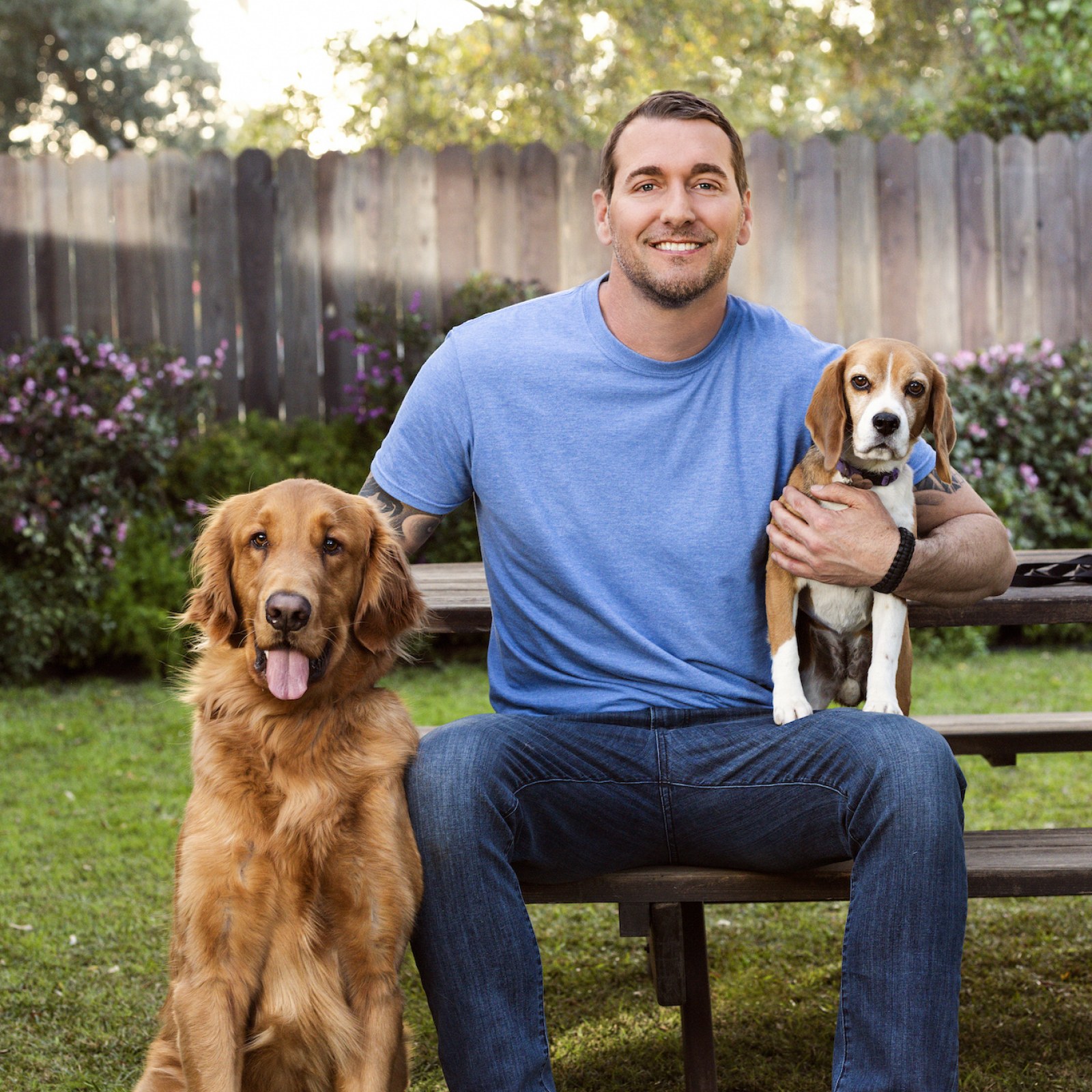Important Tips for Effective Dog Training: An Overview for Pet Owners
Effective canine training is a complex process that needs a tactical approach customized to both the family pet's personality and the owner's purposes. Recognizing just how to browse these barriers can considerably improve the training experience, eventually changing the relationship in between proprietor and pet dog.
Comprehending Dog Behavior
Comprehending pet behavior is important for reliable training and fostering a harmonious partnership between pooches and their owners. Pet dogs interact mostly through body language, vocalizations, and activities, making it vital for owners to translate these signals accurately. Recognizing a pet's position, tail placement, and ear alignment can provide understandings into its mood. As an example, a wagging tail does not constantly show joy; it can also signal enjoyment or anxiousness.

Socializing plays a substantial duty in pet dog actions; direct exposure to different environments, individuals, and various other animals can considerably affect a pet dog's temperament. Elements such as breed attributes and private personality should guide training techniques, as some breeds might have particular behavior traits that require customized strategies. By understanding these components, owners can develop a helpful setting that urges positive behavior, bring about successful training results and a deeper bond with their family pets.
Developing Regular Commands
Reliable interaction with your canine starts with establishing constant commands. This fundamental component of training is essential for cultivating understanding in between you and your pet. Uniformity in the commands you utilize makes sure that your pet can reliably connect details words or expressions with the desired actions.
When selecting commands, pick clear, unique words that are very easy to set apart and state from each other. Avoid utilizing similar-sounding commands that may puzzle your pet. Using "rest" and "remain" is proper, but "sit" and "hit" might lead to misconceptions.
In addition, maintain the exact same tone and quantity for every command. Canines are delicate to singing signs, so differing your tone can create confusion.
It is just as important to make sure that all member of the family are on the same web page concerning the commands used. A united front in command use will prevent blended signals and strengthen the understanding procedure.
Positive Reinforcement Methods
The power of positive support in pet dog training exists in its capability to motivate preferred actions via rewards and praise. This technique is based in the concept that actions complied with by beneficial results are most likely to be repeated. By integrating favorable support into your training routine, you can effectively form your canine's actions in a useful fashion.
To apply favorable support, it's vital to identify what inspires your dog, whether it be deals with, playthings, or spoken appreciation. When your pet Resources dog performs a wanted action, such as sitting on command, immediately award them with a treat or affection. This association between the command and the favorable outcome strengthens their understanding.
It's critical to timing the rewards properly; supplying the support within seconds of the preferred actions helps your pet dog make the link (dog training). In addition, uniformity is key-- guarantee that all relative make use of the very same commands and reward systems to prevent complication

Gradually, you can decrease the regularity of deals with as your pet dog learns the habits, transitioning to commend or recurring incentives. This approach not just fosters a solid bond between you and your pet however likewise promotes a favorable learning atmosphere, making training a pleasurable experience for both.
Socialization and Communication
Consistently exposing your pet dog to a range of environments, people, and various other animals is critical for their social advancement. Socializing must start early, preferably during the essential home window of 3 to 14 weeks, when young puppies are most receptive to brand-new experiences. Older pet dogs can also profit from continuous socializing efforts.
Present your pet dog to different settings, such as parks, pet-friendly shops, and urban areas. This direct exposure assists them adapt to various stimulations, decreasing stress and anxiety and fear reactions. Urge positive communications with other pets and people, guaranteeing that these experiences are regulated and safe to promote confidence.
Utilize structured playdates with genteel pets, as this can improve your canine's social skills and show them suitable actions. Obedience classes and training sessions likewise supply exceptional chances for socializing, allowing your canine to connect with others in a supervised atmosphere.
Screen your dog's body movement throughout communications, as this will help you assess their comfort level. Slowly boost exposure to even more tough circumstances while making certain that each experience is favorable. A well-socialized pet is a lot more most likely to display balanced behavior, making them a pleasure to have in any setup.
Dealing With Common Training Obstacles
Every dog proprietor will experience training difficulties eventually, despite their pet's age or socializing degree. Identifying common concerns such as stubbornness, disturbances, and terror can aid in establishing efficient approaches for improvement.

Progressively present diversions as the canine comes to be much more efficient in commands. Short, regular training sessions are likewise efficient in keeping focus.
Terror can hinder a dog's discovering process. Progressive desensitization to the source of anxiety, coupled with positive support, can assist reduce stress and anxiety. Persistence is essential; never check these guys out ever require a pet dog into a scenario that creates distress, as this might worsen the concern.
Ultimately, understanding and dealing with these usual obstacles with an organized approach will promote a more efficient training experience, strengthening the bond between pet and owner while promoting effective discovering.
Conclusion
In recap, successful dog training counts on an extensive understanding of canine behavior, the facility of consistent commands, and the application of favorable support techniques. Socializing plays a crucial function in creating well-adjusted pets, while resolving typical training obstacles needs perseverance and versatility. By applying these crucial strategies, animal owners can cultivate a strong bond with their dogs and promote preferable habits, ultimately bring about an unified relationship in between humans and their canine buddies.
Recognizing pet dog actions is crucial for efficient training and fostering a harmonious connection between canines and their proprietors.Socializing plays a significant function in dog actions; exposure to various settings, people, and various other pets can substantially affect a canine's temperament.The power of favorable reinforcement in pet dog training exists in its ability to urge desired habits via incentives and appreciation. By integrating positive support right into your training routine, you can properly form your dog's actions in a useful way.
In recap, successful dog training counts on a thorough understanding of canine actions, the establishment of constant commands, and the application of favorable reinforcement strategies.